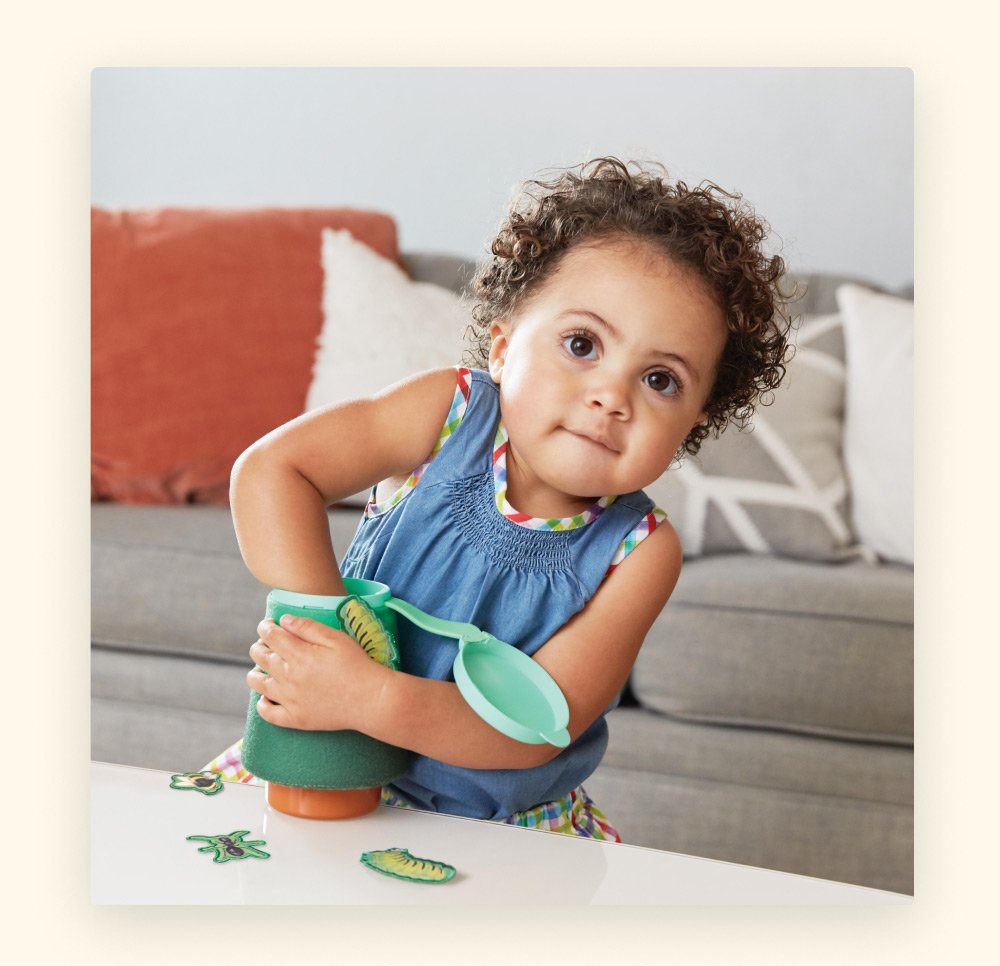Why to set limits with your toddler, even when it’s hard

Your 2-year-old needs clear, consistent limits and boundaries to learn your expectations for their behavior. But when they continue to climb on the coffee table even after you’ve told them to stop, you may wonder what you’re doing wrong or start to lose your cool. In those difficult moments, try to pause and reflect on a few basic truths.
3 key things to remember when your toddler tests limits
1. Your toddler is doing exactly what they’re supposed to do
As frustrating as it can be, limit testing is a really important part of your child’s social-emotional and cognitive development. They’re exploring their autonomy and learning what’s safe and acceptable.
Every 2-year-old tests limits, some more than others. If your toddler cries, screams, or pushes you away when you maintain a boundary, remember that their anger and frustration aren’t really about you, even if it feels that way in the moment.
2. They’re going to keep testing
To understand and abide by a limit, your child needs executive functioning skills, like impulse control and attention shifting. Developing these skills will take years as their prefrontal cortex matures. For now, keep this in mind:
- Your toddler needs to test limits, push boundaries, and break rules over and over again in order to understand and learn from them.
- Because your toddler can’t immediately generalize what they know from one situation to another, they may start to learn the limit at home but still try to climb on the coffee table at their grandparents’ house.
3. Offering acceptable alternatives may work—or not
When you help your 2-year-old off the coffee table and say, “This isn’t a safe place to climb, but let’s build a couch cushion tower that you can climb,” you set a clear boundary while giving them a way to practice their developing skills. If your child gets upset, it’s a chance for them to practice regulating their feelings with your help. Modeling how to stay calm and being there to offer support helps your toddler learn how to manage their emotions ❤️
Keep reading

28 - 30 Months
The Enthusiast Play Kit gets an enhanced tea set, new feelings card set
The Enthusiast Play Kit for 28-, 29-, and 30-month-olds features two new items, guided by parent and expert feedback.

19 - 21 Months
22 - 24 Months
25 - 27 Months
DIY: mosaic texture art
Help your toddler explore what it feels and looks like to paint on different surfaces as they build fine motor and language skills.

19 - 21 Months
22 - 24 Months
25 - 27 Months
The best potty books for toddlers
Even before your toddler is ready to start using the potty, reading books about the experience can help them understand what the process is all about.

